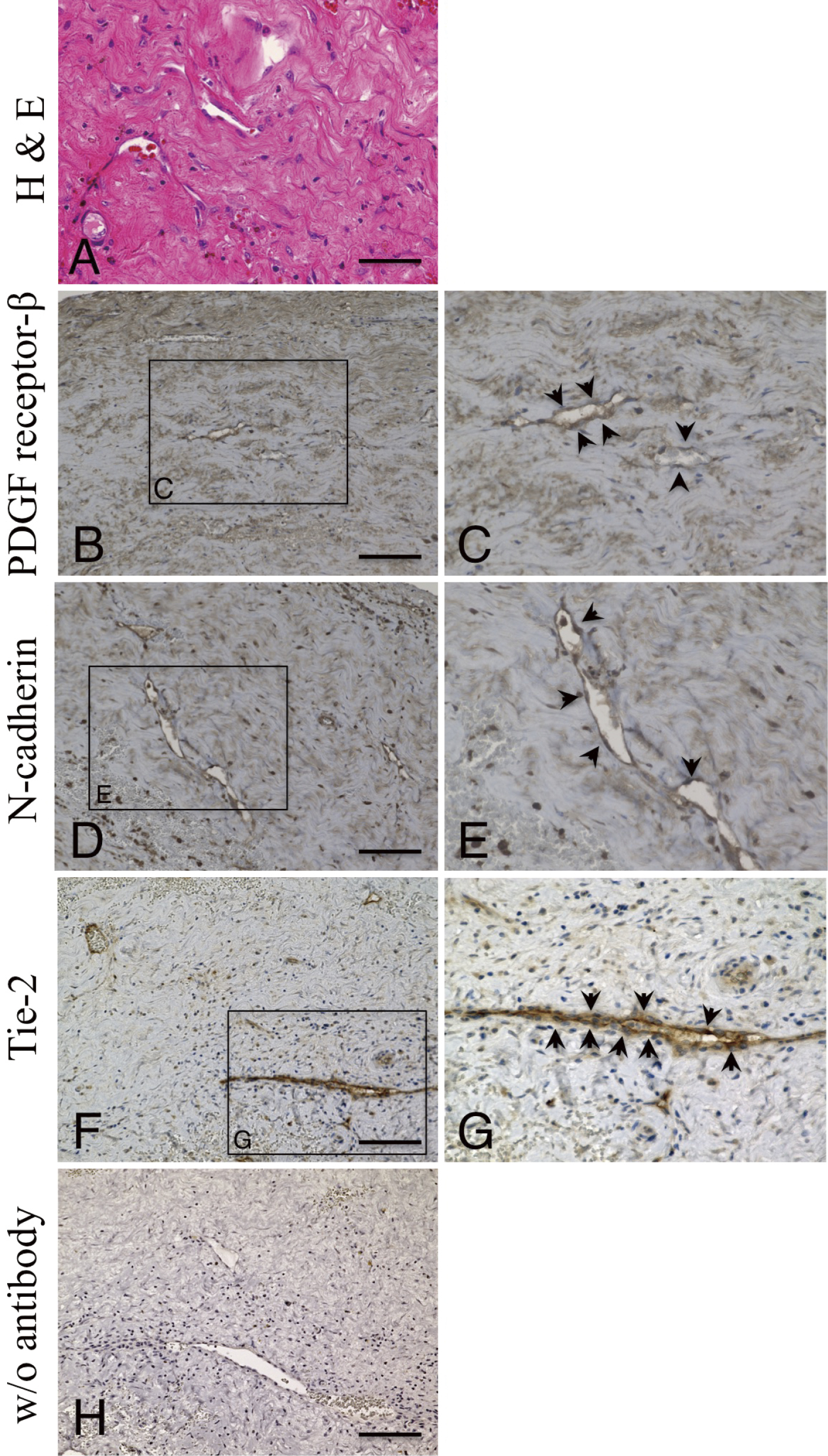- 著者
- Ryo Hiramatsu Ryokichi Yagi Masahiro Kameda Naosuke Nonoguchi Motomasa Furuse Shinji Kawabata Hiroyuki Ohnishi Shigeru Miyachi Masahiko Wanibuchi
- 出版者
- The Japanese Society for Neuroendovascular Therapy
- 雑誌
- Journal of Neuroendovascular Therapy (ISSN:18824072)
- 巻号頁・発行日
- pp.oa.2023-0027, (Released:2023-08-15)
- 参考文献数
- 25
Objective: This study aimed to report the outcome of an endovascular treatment with a pipeline embolization device (PED) at a single center. We also examined the predictive factors for an incomplete occlusion after the PED placement.Methods: The subjects were 94 patients with 109 aneurysms who underwent the PED placement at our single center from June 2015 to September 2022. As treatment outcomes, we investigated the PED placement success rate, perioperative morbidity and mortality, postoperative cranial nerve improvement rate, and the classification of angiographic result at 6 months after the PED placement. Furthermore, the predictors of an incomplete occlusion were investigated in detail.Results: One hundred nine aneurysms locations were: C1 (9), C2 (30), C3 (15), C4 (53), and C5 (2) in the internal carotid artery segments. Perioperative morbidity, including the asymptomatic ones, occurred in 10 cases (10.6%). Among these 10 cases, the modified Rankin Scale (mRS) improved to preoperative mRS after 90 days in 9 cases except 1 case. On the other hand, no perioperative mortality was observed. The postoperative cranial nerve improvement rate was 84.4%, and 61.7% of patients had a complete occlusion in the follow-up angiography, 6 months after the PED placement. Predictive factors for an incomplete occlusion after the PED placement were the elderly aged 70 years or older (P-value = 0.0214), the elderly aged 75 years or older (P-value = 0.0009), and the use of anticoagulants (P-value = 0.0388) in an univariate analysis. Further, the multivariate analysis revealed that the elderly aged 75 years or older was a predictive factor of an incomplete occlusion in this study.Conclusion: We summarized the outcomes of the PED treatment at our single center. In this study, the elderly aged 75 years or older was a predictive factor of an incomplete occlusion after the PED placement.
4 0 0 0 OA In Memory of Kittipong Srivatanakul
- 著者
- Shigeru Miyachi Sirintara (Pongpech) Singhara Na Ayudhaya Jeyaledchumy Mahadevan Timo Krings Maksim Shapiro Eytan Raz Erez Nossek Peter Kim Nelson Hideaki Shigematsu
- 出版者
- The Japanese Society for Neuroendovascular Therapy
- 雑誌
- Journal of Neuroendovascular Therapy (ISSN:18824072)
- 巻号頁・発行日
- vol.16, no.9, pp.486-490, 2022 (Released:2022-09-20)
- 著者
- Mao YOKOTA Koji OSUKA Yusuke OHMICHI Mika OHMICHI Chiharu SUZUKI Masahiro AOYAMA Kenichiro IWAMI Satoru HONMA Shigeru MIYACHI
- 出版者
- The Japan Neurosurgical Society
- 雑誌
- Neurologia medico-chirurgica (ISSN:04708105)
- 巻号頁・発行日
- pp.2023-0079, (Released:2023-11-30)
- 参考文献数
- 27
Angiogenesis is one of the growth mechanisms of chronic subdural hematoma (CSDH). Pericytes have been implicated in the capillary sprouting during angiogenesis and are involved in brain ischemia and diabetic retinopathy. This study examined the pericyte expressions in CSDH outer membranes obtained during trepanation surgery. Eight samples of CSDH outer membranes and 35 samples of CSDH fluid were included. NG2, N-cadherin, VE-cadherin, Tie-2, endothelial nitric oxide synthase (eNOS), platelet-derived growth factor (PDGF) receptor-β (PDGFR-β), a well-known marker of pericytes, phosphorylated PDGFR-β at Tyr751, and β-actin expressions, were examined using western blot analysis. PDGFR-β, N-cadherin, and Tie-2 expression levels were also examined using immunohistochemistry. The concentrations of PDGF-BB in CSDH fluid samples were measured using enzyme-linked immunosorbent assay kits. NG2, N-cadherin, VE-cadherin, Tie-2, eNOS, PDGFR-β, and eNOS expressions in CSDH outer membranes were confirmed in all cases. Furthermore, phosphorylated PDGFR-β at Tyr751 was also detected. In addition, PDGFR-β, N-cadherin, and Tie-2 expressions were localized to the endothelial cells of the vessels within CSDH outer membranes by immunohistochemistry. The concentration of PDGF-BB in CSDH fluids was significantly higher than that in cerebrospinal fluid. These findings indicate that PDGF activates pericytes in the microvessels of CSDH outer membranes and suggest that pericytes are crucial in CSDH angiogenesis through the PDGF/PDGFR-β signaling pathway.
- 著者
- Tomotaka OHSHIMA Mao YOKOTA Koichiro OGURA Megumi KOIWAI Naoki MATSUO Shigeru MiYACHI
- 出版者
- The Japan Neurosurgical Society
- 雑誌
- NMC Case Report Journal (ISSN:21884226)
- 巻号頁・発行日
- vol.9, pp.43-47, 2022-12-31 (Released:2022-04-01)
- 参考文献数
- 12
- 被引用文献数
- 1
Hemorrhagic isolated dural arteriovenous fistulas (DAVFs) are often challenging to treat. Here, we report a case of the lateral cavernous sinus (CS) DAVF successfully treated by transarterial intravenous coil embolization using a curved multiplanar reconstruction (MPR) image assistance. A 54-year-old man presented with a severe headache and was diagnosed with subarachnoid hemorrhage caused by CSDAVF. Angiography indicated that the fistula was fed by branches of the left external carotid artery and drained into cortical veins. There were multiple shunting points at the left sphenobasal vein accompanied by varicose veins. Using curved MPR images, the left accessory meningeal artery was chosen for the endovascular approach into the affected veins, including ruptured varix. The shunt was completely occluded by detachable coils.When the curved MPR image indicates a developing feeding artery and a large shunting point, transarterial intravenous coil embolization becomes a good treatment option for CSDAVF, which has no venous access.
